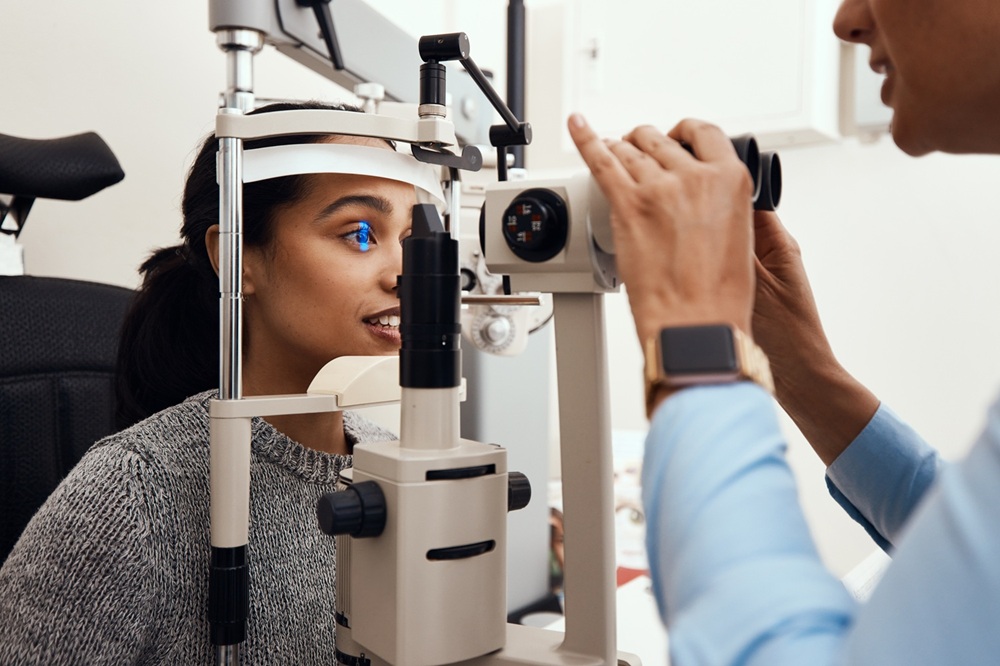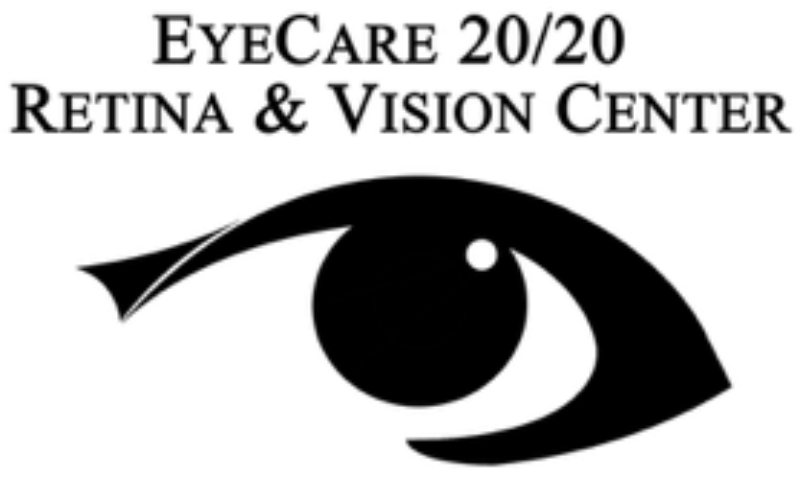Glasses are a time-tested solution for nearsightedness, farsightedness, presbyopia, and astigmatism, but they are cumbersome and limit your field of vision. Contact lenses provide correction for refractive errors without compromising your peripheral vision or your lifestyle.
Contact Lens Exams
The Cost of Contact Lenses Varies From Patient to Patient
Not counting the amount of coverage your insurance plan provides, an eye exam and fitting can cost from $50 to $300. Contact lenses and solution can cost from about $250 to more than $400 per year. While there are prescription eyeglasses that cost less, features such as progressive lenses, anti-glare protection, and designer frames can easily push the price to $800 and beyond. Meanwhile, LASIK and PRK (photorefractive keratectomy) surgery can cost more than $2,000 per eye, and touch-ups may be required as you age.

Maintaining a Proper Routine
Contact lenses may take some getting used to. If you are wearing contact lenses for the first time, it can be especially difficult to insert them or take them out, but this should become easier over the next few weeks.
To prevent problems with your contact lenses, be sure to only wear them as prescribed and remove them every night before going to bed.
If you opt for daily contact lenses, throw them away every night. If you select extended wear contact lenses, you will need to store them in fresh contact solution every night and clean them as directed by your doctor.
Because they put your eyes in direct contact with your hands, contact lenses also increase the risk of bacterial infection. To reduce your risk of complications, be sure to wash your hands thoroughly with soap and warm water before inserting or removing your lenses.

Timeline for Receiving Contact Lenses: What to Expect
- Eye Exam: Your doctor will determine your degree of refractive error, assess your ocular health, and measure the surface of your eyes.
- Contact Lens Fitting: The doctor will then ask you about your preferences and explain the different types of contact lenses to you.
- Trial Lenses: Your doctor may send you home with several pairs of trial lenses that you can try out for a few days. Take notes about what you do and don’t like about each lens.
- Check-Up: You will typically go back to your doctor’s office so that they can check the fit, feel, and function of the contact lenses.
- Prescription: If you are happy with your contact lenses, your doctor will write you a prescription. Typically, you can order contacts directly though your doctor’s office.
- Follow-Up: If you run into problems with your contacts, you may need to schedule a follow-up appointment. Otherwise, you will see your doctor again in one year.
Contact Lenses Advantages Over Glasses
- Peripheral Vision: Contacts give you a complete field of vision that is not confined to the boundaries of your glasses lenses.
- No Fog, No Breaks: Unlike glasses, contacts do not become fogged or smudged. They allow you to play sports and participate in other activities without worrying about breaking your glasses.
- Improved Lifestyle: If you previously wore eyeglasses, contact lenses can dramatically improve your quality of life by allowing you to participate in sports and other activities without glasses getting in the way.
Contacts vs. LASIK, PRK, and Glasses
Glasses are the most accessible alternative to contacts, but they are often prone to slipping, fogging, smudging, or breaking. Those who feel strongly about not having to wear glasses can also consider LASIK or PRK. However, it is important to remember that these procedures can carry a risk of over-correction or under-correction, dry eye syndrome, and the introduction of glare, halos, and compromised night vision.
If glasses are making it difficult to enjoy the activities you love, making you feel self-conscious, or affecting your day-to-day life due to a lack of peripheral vision, speak with your doctor today about contacts.
Factors That Could Undermine Your Ability to Wear Contact Lenses
- Dry Eye Syndrome: Dry eye syndrome is an extremely common condition that causes insufficient or poor quality tears. Because healthy tears keep contact lenses moist, a lack of tears can make your eyes feel dry, scratchy, and uncomfortable, making it difficult to wear contact lenses for more than a few hours.
- Blepharitis: Blepharitis is an eyelid inflammation, common in patients with oily skin. Because inflammation can make contact lenses fit poorly, blepharitis should be treated by a doctor prior to wearing contact lenses.
- Allergies: Allergies can also make wearing contact lenses difficult or uncomfortable. The resulting swelling of blood vessels in the eyes can make them feel itchy or red.
- Young Age: Because contact lenses require a high level of care and maintenance, they may not be well-suited for young patients or those who are unable to properly care for contact lenses.

